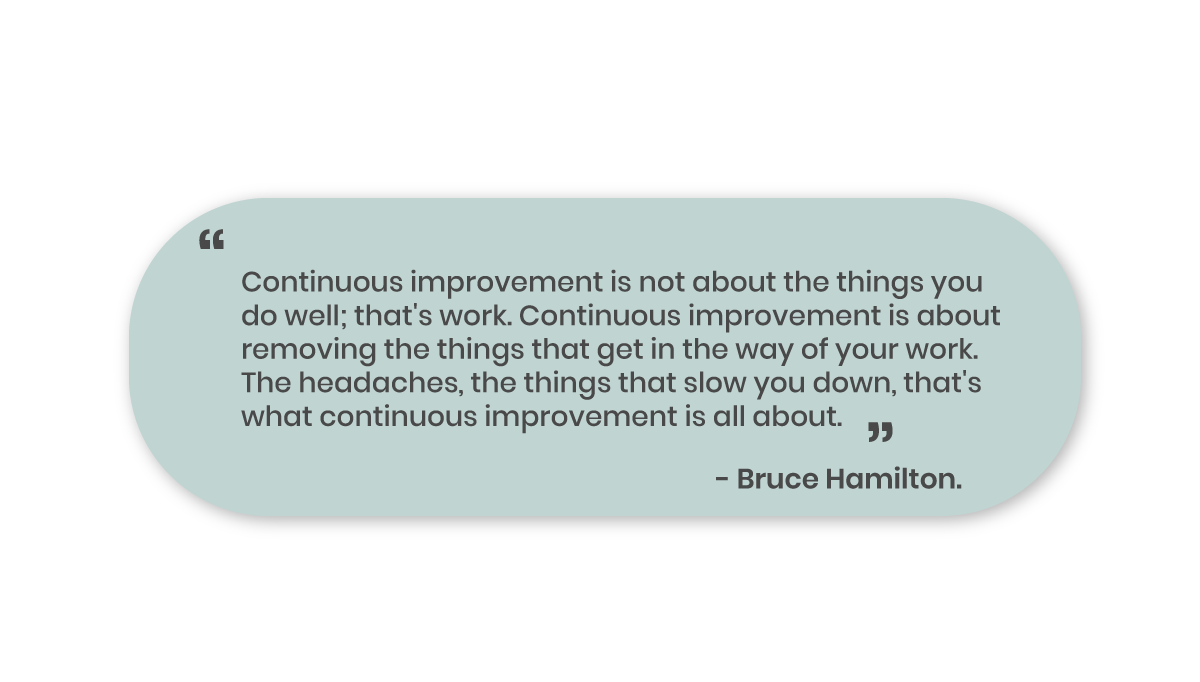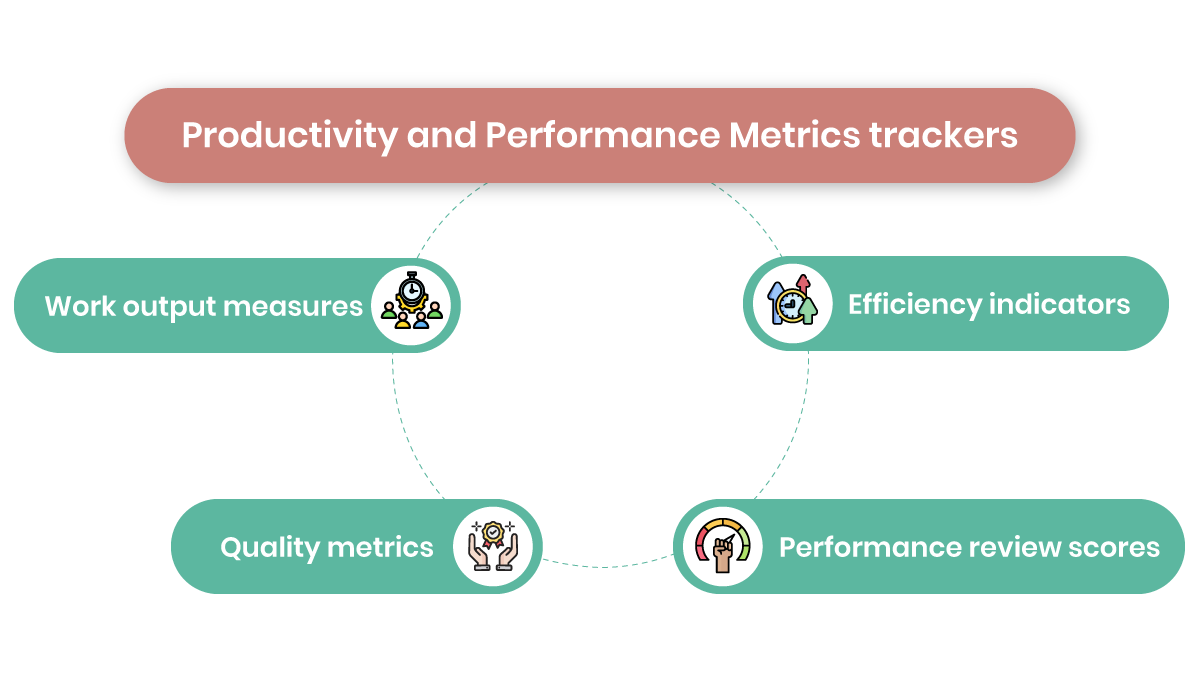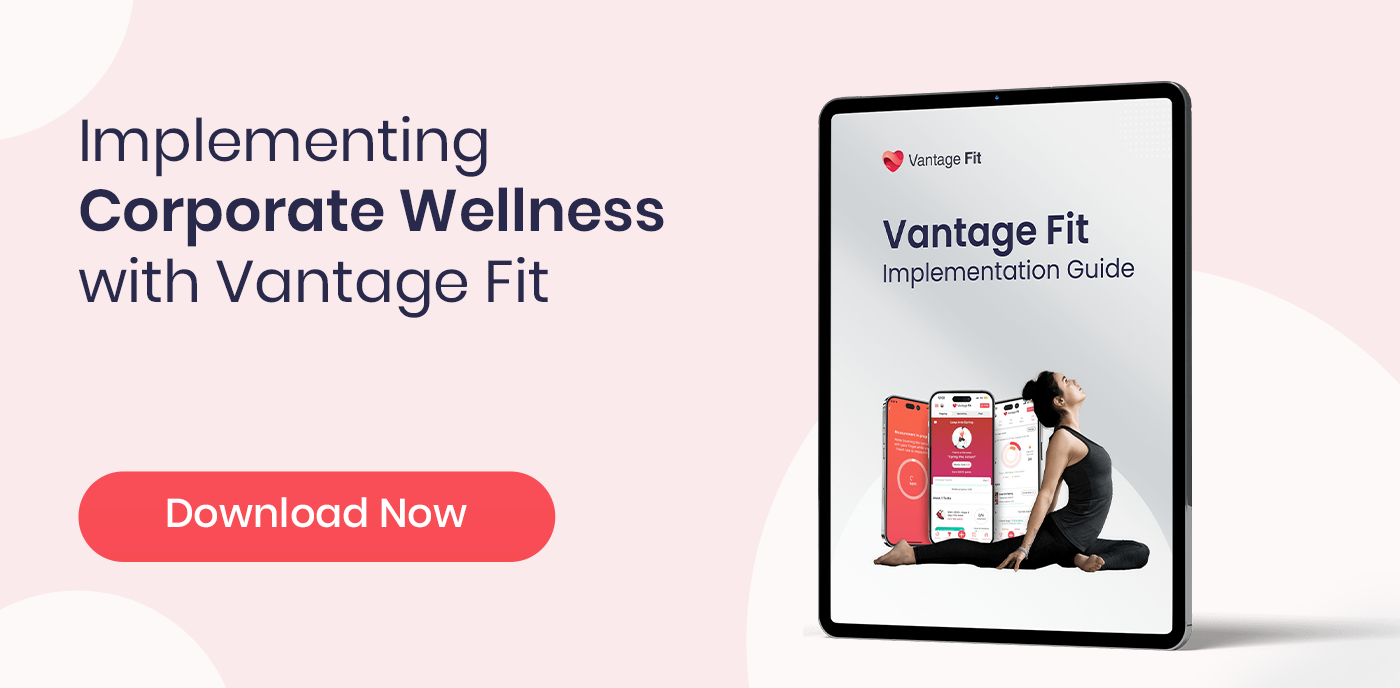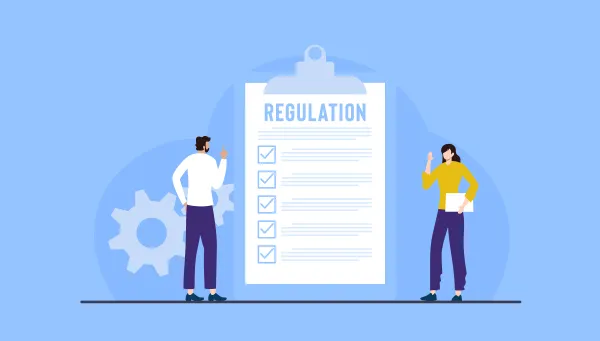The Power of Data-Driven Employee Wellbeing: How Analytics Transform Workplace Wellness in 2026
Did you know? 89% of employees don't feel their company truly cares about their well-being. However, a study in 2025 suggests that almost 87 percent of companies nowadays have wellness programs. Despite this massive investment, a surprising gap exists: Only 20-40% of eligible employees participate in wellness programs in any given year.
So, what exactly is going on?
Despite employees expecting HR and leadership to support their well-being actively, the numbers are not adding up. This is happening because most wellness programs lack the precise data to drive the desired result. As a result, wellness programs fail to serve both the employees' and employers' purposes.
This is where the power of data-driven well-being information comes into play. Leaders should leverage actionable insights and comprehensive analytics to create personalized and engaging well-being strategies that genuinely resonate with employees. Only then can they achieve measurable business outcomes in the long term.
Are you looking to learn more about the concept of data-driven well-being and how to leverage it? If yes, you're about to discover how data can help you design programs that employees use and love.
What is Data-Driven Employee Well-being?
Data-driven well-being involves the systematic collection, analysis, and application of quantitative and qualitative data to design and optimize wellness programs. The end game of this approach is to boost employee well-being.
This approach involves going beyond "gut feeling" or generic benefits packages that usually say one size fits all. Data-driven strategies for employee well-being use real-time insights, like health risk assessments to engagement metrics. These ensure the wellness program is relevant, targeted, and effective.
Benefits Of A Data-driven Approach To Employee Well-being
Implementing a data oriented wellness strategy allows HR leaders to create targeted programs that deliver tangible results. Here are the key benefits:
1. Tailored Interventions:
By leveraging real-time data, HR can design wellness programs tailored to the unique needs of its workforce. Whether it's a burnout reset for high-stress teams or fitness goals for desk-heavy employees, personalized interventions make employees feel understood and valued.
Tailored approach helps build trust among employees.
Step challenges for office workers, or nutrition workshops for employees with metabolic health concerns are some instances of tailored wellness approach.
2. Measurable Outcomes:
Access to precise data enables HR to track the effectiveness of wellness programs. By measuring employee engagement, physical activity levels, and stress indicators, HR can quantify the impact of wellness programs.
Key metrics in this case may include the following:
-
Employee mental health
-
Physical health status
-
Overall organizational performance
-
Sick leave usage
-
Productivity and retention
3. Increased Engagement:
A wellness program curated with data-driven insights is likely to have higher engagement and participation rates. After all, employees will engage with a platform that resonates with their wellness goals.
4. Resource Optimization:
Data holds immense power, especially in today's age of artificial intelligence.
Data empowers HR to optimize wellness resources by identifying what works and what doesn't. Whether it's reallocating budget or adjusting the program's focus, data ensures that every investment is directed toward what truly benefits employees.
5. Proactive Health Management:
Data-driven well-being isn't just about tracking employee health. It's about using predictive data to catch health risks early. Early identification of potential issues allows HR to implement preventative measures before they become larger problems.
For instance, Vantage Fit comes with a comprehensive wellness dashboard for HRs to get detailed insights about their participating employees. From daily steps to nutritional intake, HR gets a 360-degree view of their employees' well-being status.
78% of HRs use some form of dashboards to monitor wellness ROI and participation rates in wellness programs.
6. Strategic Decision-Making:
Data empowers HR leaders to align wellness programs with broader company goals. By using employee health data insights, HR can drive outcomes that align with business objectives.
Consequently, improving metrics like employee satisfaction, healthcare costs, retention, turnover rate becomes easier.
7. Continuous Improvement:

The process of continuous scrutiny of wellness initiatives helps in the refinement of the program and its long-term success. Collecting feedback from the participants and the company leaders before and after rolling out the wellness initiative is essential. HR can then use this feedback to make the necessary adjustments to their initiatives accordingly.
There are numerous ways to collect feedback. Usually, it involves tracking specific key metrics and channels. Head over to the section to find out more.
How To Access The Key Data On Employee Well-being?
To build an effective, data-driven wellness program, HR must collect and analyze various data points:
1. Employee Health Surveys and Assessments
Wellness surveys and assessments offer critical insights into employee health behaviors, stress levels, and wellness program preferences. This helps capture both quantitative health metrics and qualitative feedback about program effectiveness.
2. Biometric Screening Programs
Health key indicators are another vital data point to collect to analyze employee well-being. Some of the indicators to include are:
- Blood pressure
- Complete blood count test
- Lipid profile
- Kidney function test
- Blood glucose
- BMI
38% of large organizations currently offer biometric screenings, which establish health baselines and enable tracking of improvements over time.
3. Wearable Technology and Digital Health Platforms
Wearables and wellness platforms provide real-time data on physical activity, sleep patterns, and heart rate variability. As you can see, these offer unprecedented visibility into employee health.
65% of employers use wellness platformsor apps to track employee engagement.
Healthcare Claims History
Employees' healthcare claims data reveal a lot about their medical history. You can get a hint of their medical spending, chronic condition prevalence, emergency room visits, and pharmaceutical usage.
82% of leading organizations track total healthcare spending, and 78% monitor prescription trends to inform wellness program priorities.
Human Resources Information Systems (HRIS)
HRIS platforms originally began as a simple employee records system. Fast-forward to current times, HRIS now captures valuable demographic data, absenteeism records, workers' compensation claims, and employee engagement metrics. But, how does it help with employee well-being?
This internal data provides context for wellness program development or improvement and its impact measurement. In short, the data retrieved from HRIS can correlate with wellness outcomes.
Which Essential Data Points Do You Need To Track?
1. Health Risk and Biometric Indicators
Monitor key biometric measures, including blood pressure, cholesterol levels, blood glucose, and BMI, that comprise health baselines. These fundamental health indicators help identify employees at risk for chronic diseases, that commonly occurs among most employees.
2. Absenteeism and Presenteeism Metrics
Most employers have complaints about the high absenteeism rate and poor presenteeism rate.
A report suggests 89% of HR leaders see employees take fewer sick days because of effective wellness programs. This shows how critical these metrics are for ROI measurement.
Consider absenteeism and presenteeism rates as key data points to evaluate the effectiveness of the wellness program.
3. Employee Engagement and Satisfaction Scores
Host periodic in-house pulse surveys to measure employee engagement levels, job satisfaction ratings, and wellness program satisfaction.
According to the Recruiters' lineup report, 77% of employees report that wellness programs positively impact workplace culture.
4. Healthcare Cost and Utilization Patterns
Monitor healthcare spending trends, insurance claim frequencies, prescription drug usage, and emergency room visits.
A Wellhub study reveals 91% of HR leaders report decreased healthcare benefit costs.
5. Program Participation and Utilization Rates
Track employees' participations and completion rates in the wellness program initiatives. This data helps identify which initiative resonates with employees and which may need redesigning.
6. Mental Health and Stress Indicators
Monitor stress levels, burnout scores, mental health resource utilization rate, and psychological safety indicators. Mental Health America's 2024 Mind the Workplace report suggests 75% of U.S. employees report work stress negatively impacting sleep. Hence, tracking mental health and stress indicators is increasingly critical.
7. Productivity and Performance Metrics

This may sound a bit like micromanaging, but since the end goal is to increase organizational performance, tracking the following is essential:
- Work output measures
- Efficiency indicators
- Quality metrics
- Performance review scores
In doing so, you can understand the connection between wellness initiatives and business outcomes.
99% of HR leaders report that wellness programs increase employee productivity.
8. Turnover and Retention Rates
Lastly, monitor voluntary turnover and retention rate (by department or role) and exit interview data. Filter out the data related to wellness factors, and that is how you get the key to upgrading employee wwell-being
98% of HR leaders say their well-being program reduces turnover. This statement shows retention is a key metric to success.
How To Use Employee Data To Improve Your Wellness Program?
-
Segment by Demographics/Departments/Needs: Once the data is ready and analyzed, tailor initiatives for different age groups, roles, or shifts. Offer flexible options like mental health apps, fitness stipends, and nutrition coaching based on data insights. For instance, you can arrange ergonomic support for desk workers and fitness challenges for field staff.
-
Collect feedback regularly: Run pulse surveys and place suggestion boxes to improve programs from time to time.
-
Measure Outcomes: Study absenteeism, productivity, and healthcare claims (while maintaining confidentiality) rates before and after the wellness program. This will help to measure the ROI of the wellness program.
Privacy and ethical considerations
Employee health data collection requires strict adherence to privacy laws like ADA, GINA, state regulations, and ethical standards, even though HIPAA typically doesn't apply to employers directly.
Here are some key requirements in this case:
-
Voluntary Participation: Employees must provide informed consent and have a clear understanding of how their data will be used.
-
Data Security: Ensure data is stored securely and separate from HR files.
-
Non-Discrimination: Programs must accommodate all employees, regardless of health status.
-
Vendor Oversight: Ensure third-party wellness providers adhere to strict privacy protections.
The goal is to build a culture of trust where employees feel safe participating in the program. They should have full assurance that their health data will not impact employment decisions or be misused. Transparency, accountability, and genuine voluntary participation are the foundation of ethical wellness programs.
Final thoughts
Transforming employee well-being through data-driven approaches is more than just a technological upgrade. It's a fundamental shift toward carrying out more effective, personalized, and impactful wellness strategies.
As the idea of workplace wellness continues to evolve, the organizations that thrive will be those that can effectively translate employee health data into strategic action while maintaining their workforce's trust.
So, are you ready to harness the power of data-driven wellness for your organization? Explore comprehensive analytics solutions like Vantage Fit's Health & Fitness Analytics to start building efficient wellness programs. And witness measurable results for both your employees and your business.





